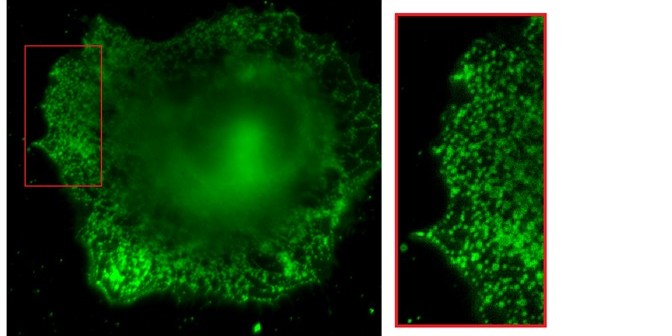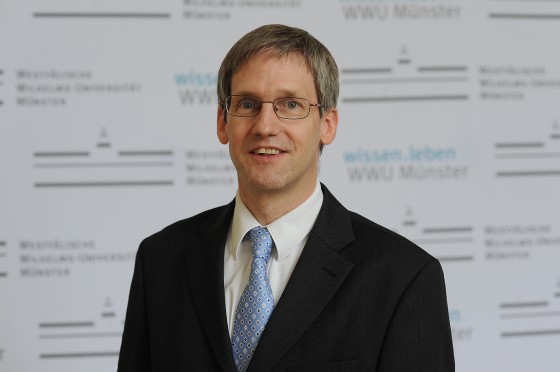
"Our vision is to provide interdisciplinary training for the doctoral students"
"Chembion" ("Chemical Biology of Ion Channels") is a new Research Training Group at the University of Münster starts work on January 27. It was approved by the German Research Foundation (DFG) in mid-2019. The PhD programme, which will be held in English, is due to receive around four million euros in funding for four and half years. Doctoral students from the field of medicine and pharmacy will be researching jointly into possibilities of controlling so-called ion channels in cell membranes. In this interview with Juliane Albrecht, Chembion spokesman Prof Bernhard Wünsch from the Institute of Pharmaceutical and Medical Chemistry at the University of Münster explains the challenges involved.
What specifically are the distinguishing features of the Research Training Group’s interdisciplinarity?
The Research Training Group comprises six groups from the Faculty of Medicine and six from the Department of Chemistry and Pharmacy. In addition, Dr. Anna Junker from Münster University’s European Institute for Molecular Imaging (EIMI) – and who heads a team of Emmy Noether junior researchers – will also be involved. The central idea of the research is to understand and influence the function of ion channels at the molecular level, which is where the Department of Chemistry ad Pharmacy comes in. The Medical Faculty’s role is in making specific use of the findings in order to study the physiological effects of ion channels all the way from single cells up to an animal. In the process, imaging also plays a major role – which is why we have someone from EIMI in the team. So, all in all, Chembion is a perfect fit for Münster’s research focus ‘Cell Dynamics and Imaging’.

Our vision is to provide interdisciplinary training for the doctoral students accepted into the group and to promote their internationalization at an early stage. For this purpose, the PhD students move around to different laboratories, where they can learn new techniques of working to which they would not otherwise have access. One essential thing is a three to six-month stay abroad, during which the students work on their projects in an international laboratory.
The so-called ion channels are a key element in the Research Training Group. What is their significance for later – medical – fields of application?
Cells are bounded by a lipid bilayer (cell membrane) which is impermeable for polar ions and molecules. In order to supply the cell with vital ions nevertheless, there are ion channels in the cell membrane through which the ions can flow. These have to be very precisely controlled, however, to prevent any uncontrolled ions from flowing into or out of the cell. Ion channel modulators can be used to treat cardiac arrhythmia, neurological diseases (such as epilepsy, Alzheimer dementia or multiple sclerosis) or tumour diseases.
